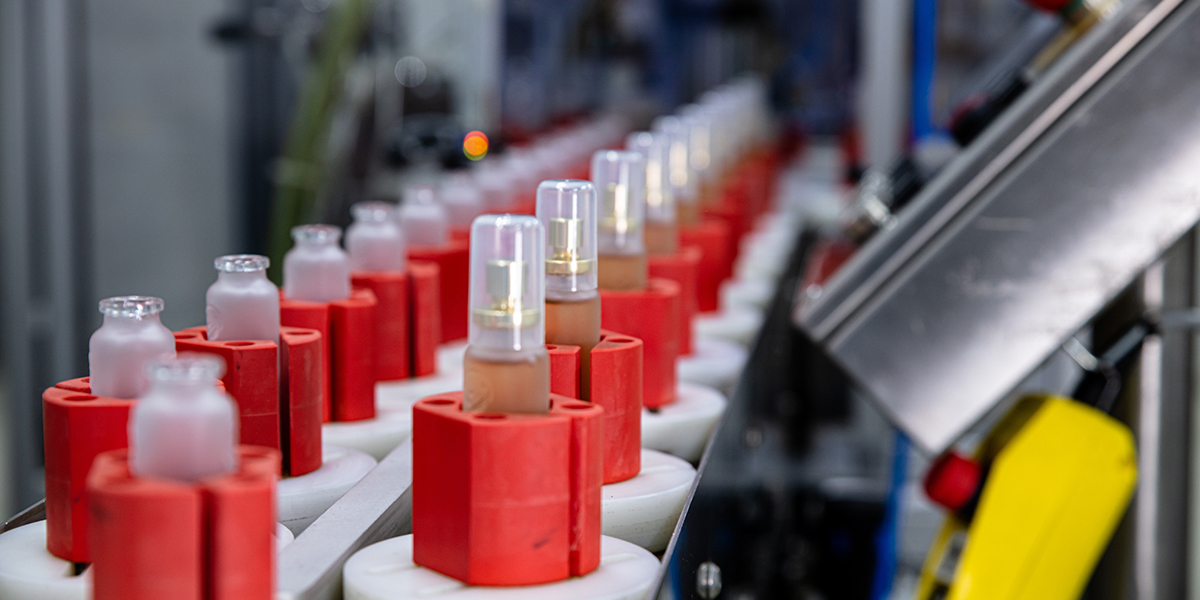China cosmetics GMP inspections points and judgment principles came into force on December 1, 2022.
In advance of the Good Manufacturing Practice (GMP) being implemented on July 1, 2022, the NMPA issued a draft for comments of the Inspection Points and Judgment Principles. The final legislation came into force on December 1st last year (2022).
The inspection points are used to standardize supervision and inspection work by the NMPA but also to guide cosmetics registrants, cosmetics filers and cosmetics manufacturers in applying and assessing their own compliance with the GMP requirements.
These inspection points and judgment principles are part of the cascading legislation from the “Cosmetics Supervision and Administration Regulations (CSAR)” and “Measures of Cosmetics Manufacturing and Operation” and other regulations, rules and regulations,
In essence, the legislation contains a long list of criteria or inspection points that NMPA inspectors are looking for to determine compliance with the GMP.
This list can also be used by Registrants, Filers and Entrusted Manufacturers to undertake their own internal self-inspections and also to prepare for an NMPA inspection.
Inspections points
The compliance requirements are split into 3 levels of importance:
- Critical items which are denoted by 2 asterisks
- Key items which are denoted by 1 asterisk
- And general items which have no asterisk.
The cosmetics inspection points are split into 2 annexes:
Annex One:
- For production i.e. for the company actually undertaking the cosmetics production whether this is the entrusted manufacturer or the registrant or filer who manufacturers their own products.
- There is a total of 81 inspection points of which:
- 3 are critical items
- 26 are key items
- 52 are general items
Annex Two:
- For commissioned or entrusted production whereby registrants and filers are inspected to ensure they have systems in place to verify the GMP compliance of their sub-contractor
- There is a total of 24 inspection points of which:
- 1 is a critical item
- 8 are key items
- 15 are general items.
If registrants and filers are engaged in both their own production and outsourced production then both lists apply i.e. a total of 105 inspection points.
But what is considered non-compliance?
- Non-compliance is when you haven’t implemented the measures or systems to comply with the GMP requirements.
- Defective compliance means you have established a system or procedure but it doesn’t comply fully and is therefore defective.
And depending on the mix of these items and the scoring system then you may fail the inspection and be in regulatory violation. This means you have committed a prohibited act of not complying with GMP provisions.
There are 3 main outcomes of the inspection:
- Passed
- Failed but the manufacturer is given the opportunity to rectify certain items within a given timeframe, after which the manufacturer is inspected again.
- Failed due to serious issues or if a rectification report is not submitted on time or issues still remain then the inspection outcome will be a fail. In this instance any production license will be revoked. For importers this may mean that products may no longer be imported into the country.
Further information
Click here to read the China cosmetics GMP inspections points and judgment principles.
If you would like assistance in preparing for an NMPA Cosmetics GMP inspection, please contact us.
Click here to learn more about our cosmetics services.

 Deutsch
Deutsch  Italiano
Italiano  Français
Français  日本語
日本語  한국어
한국어 



